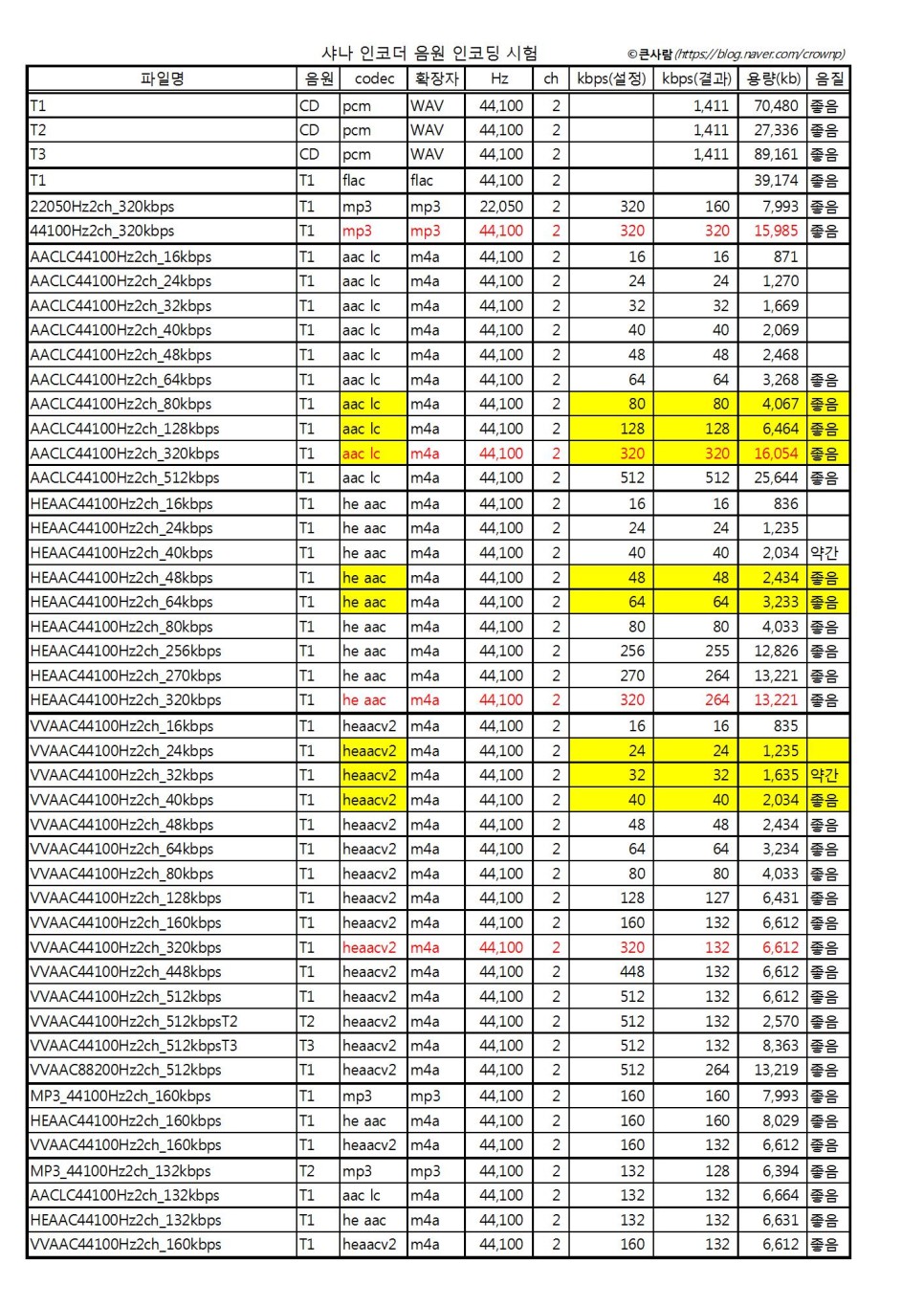
If memory serves, fewer than 1% of listeners were able to reliably tell the difference. I appreciated learning about fre:ac as a possible alternative.īy the way, I’ve read at least one report on a blind test of audiophiles who compared high-quality MP3s with music in lossless formats on high-end hardware. I don’t know whether Audacity supports bulk volume normalization, but my ad hoc, one-at-a-time-as-needed solution obviously isn’t a good approach for a large music collection. I pulled those up in Audacity and adjusted them one at a time, as I ran into them. Now that I think of it, I actually *have* come across a handful of audio files that were either too quiet or too loud (to the point of audible clipping). It’s possible I just haven’t found the right combination of volume settings yet, but it’s a *major* PITA in the meantime.

I don’t seem to have major volume normalization problems with my music, which I play in VLC, but I have a *severe* case of it with my *videos*, which I play in SMPlayer using mpv as the multimedia engine. Ideally, the user should be allowed the option of doing so.ītw Ghacks reviewed fre:ac back when it was formerly known as BonkEnc (& has the same identical “intimidating” GUI):
#Freac he aac v2 portable#
Apart from optional portable versions, it is also available on the Microsoft Store for Windows 10. This can help you store thousands of songs in a phone with limited storage space.įre:ac is available for 32-bit and 64-bit computers running Windows, Mac, and Linux. Here's a screenshot of one test where I was able to use fre:ac to compress 210MB worth of music to about 59MB.Īnd here's one where it did an even better job by reducing 880MB of FLAC music tracks to just over 67MB. Wait till its completed and your new audio tracks will be ready. When you're ready, hit the Start button to begin the encoding process. Select the Output folder where your converted tracks should be saved by using the option at the bottom of the window. Advanced users can also set the filter settings, and signal processing options if required.

Hit the Encoder settings and select a custom preset and you'll be able to modify the VBR bit rate, stereo mode, and other parameters. This brings up a list of output formats that you can choose like MP3 (LAME MP3 Encoder), FLAC, WAV, OGG, etc.Īll encoders have preset options which you can choose from, by default the program uses the standard preset. Click on the drop-down menu next to "selected encoder", or click on the downwards arrow next to the "Start" button on the toolbar. The Logs tab displays the status of the processed jobs. It supports APE, RIFF Cart, FLAC, IDV3, MP4, RIFF Info, Vorbis and WMA tags. You can use the fields in this tab to edit every metadata tag, including the album art cover. Converting tracks to a different format is one thing, but you also need to preserve the tags, and fre:ac can handle this from the Tags tab. Select a track to view its information such as the album art, artist name, album name, length, year, genre, track number, etc.


 0 kommentar(er)
0 kommentar(er)
